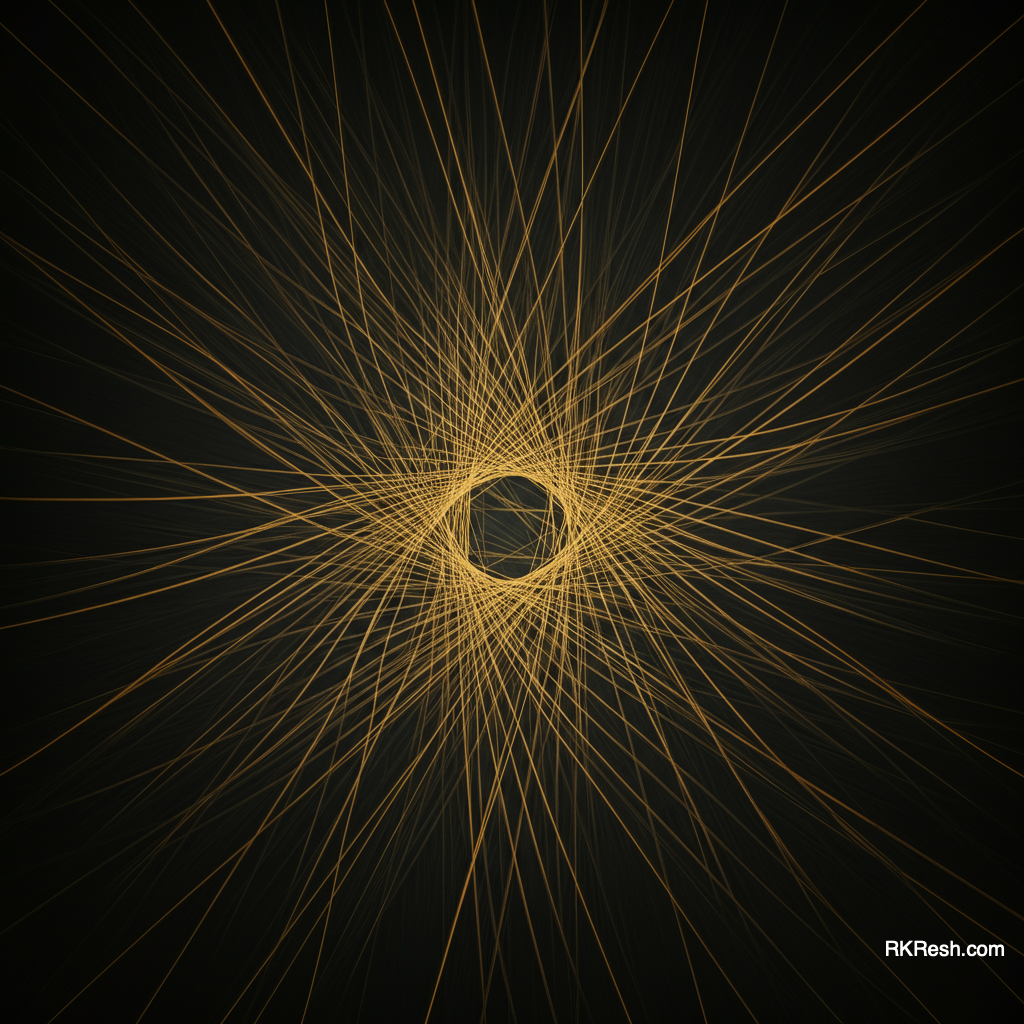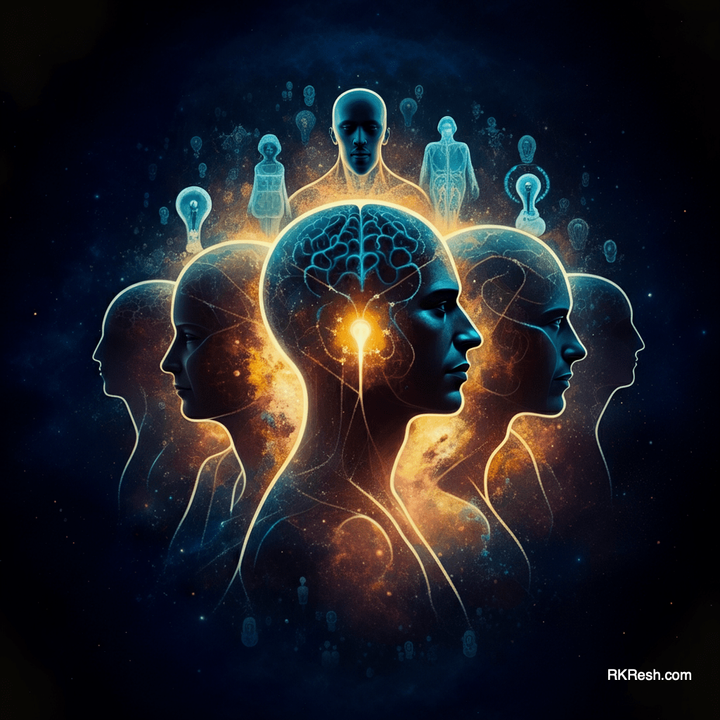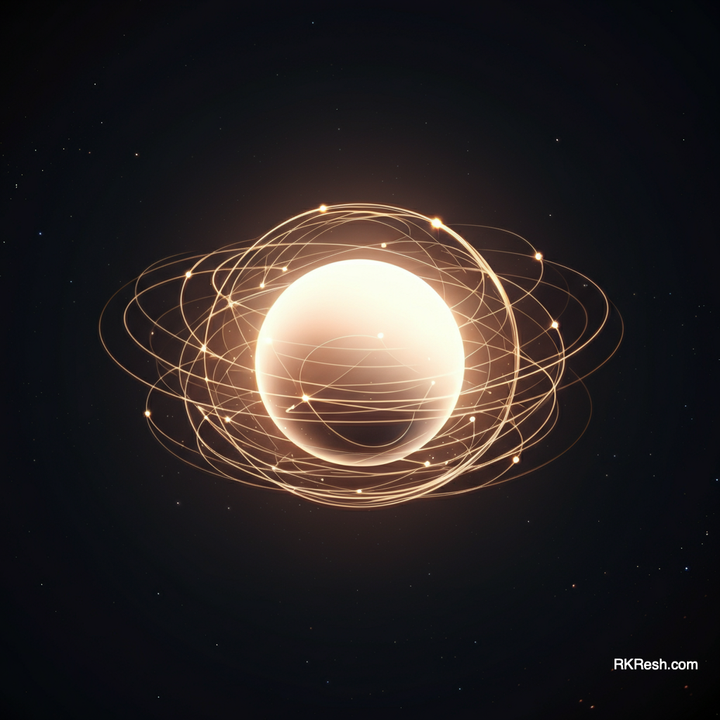Threads of Connection—Uniting Fragments into Coherence
Connection is a tapestry of contrasts, where individuality and harmony entwine. It is in the spaces between certainty and mystery that we discover how our threads, though unique, interlace to create something infinitely more profound than ourselves.

Picture a tapestry in the making—a collection of threads, each distinct in its hue and texture, awaiting the touch that will weave them into harmony. Before the threads tighten into patterns, they appear chaotic, disconnected. Yet, within this seeming disorder lies the potential for profound beauty. The secret is in the act of connection.
Human communication is much the same—a chaotic interplay of signals, intentions, and meanings. Yet coherence isn’t born from silencing this multiplicity. It emerges when we find the golden threads between us, the points where our disparate truths converge into understanding. These threads are subtle, often invisible to the rushing mind, but they are there, waiting for us to notice.
As neurodivergent individuals, we often experience the world as a web of these fragmented elements. Our minds might hold onto pieces that others might discard—images, words, sensations—sensing that somewhere, somehow, these fragments belong to a larger whole. Their ability to perceive beyond the obvious makes them natural connectors, though this gift often feels unrecognized.
But here is the wonder of it—this ability, this sensitivity to subtle patterns, is what creates the opportunity for unity. By allowing these fragments to exist as they are, without rushing to resolve them prematurely, we create the space for something new to emerge. It is not about controlling the threads into order, but about honoring their existence and trusting the process of weaving.
What if we treated connection, whether with individuals or within ourselves, as this delicate weaving? If we embraced our own threads—the fragmented, the uncertain, the misunderstood—and dared to connect them with others, what might emerge? Coherence, after all, isn’t about perfect sameness. It’s about the harmony that forms when difference finds its rhythm.




Comments ()